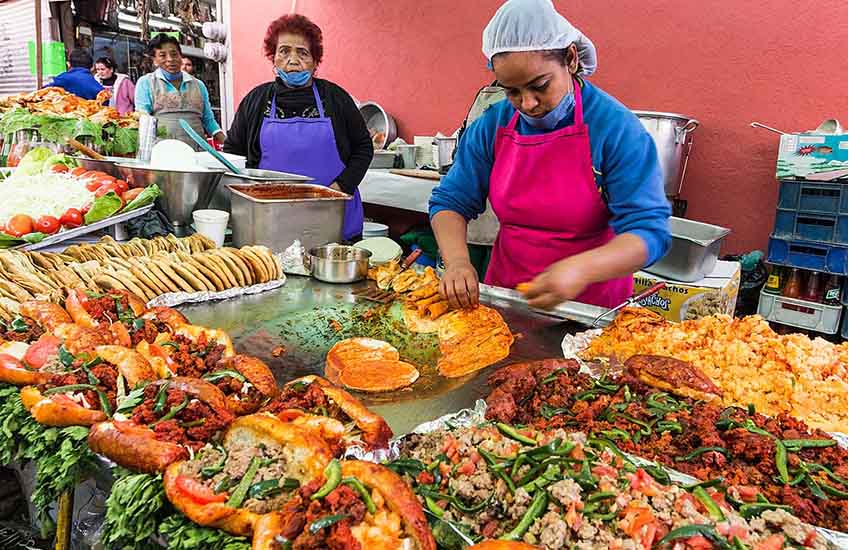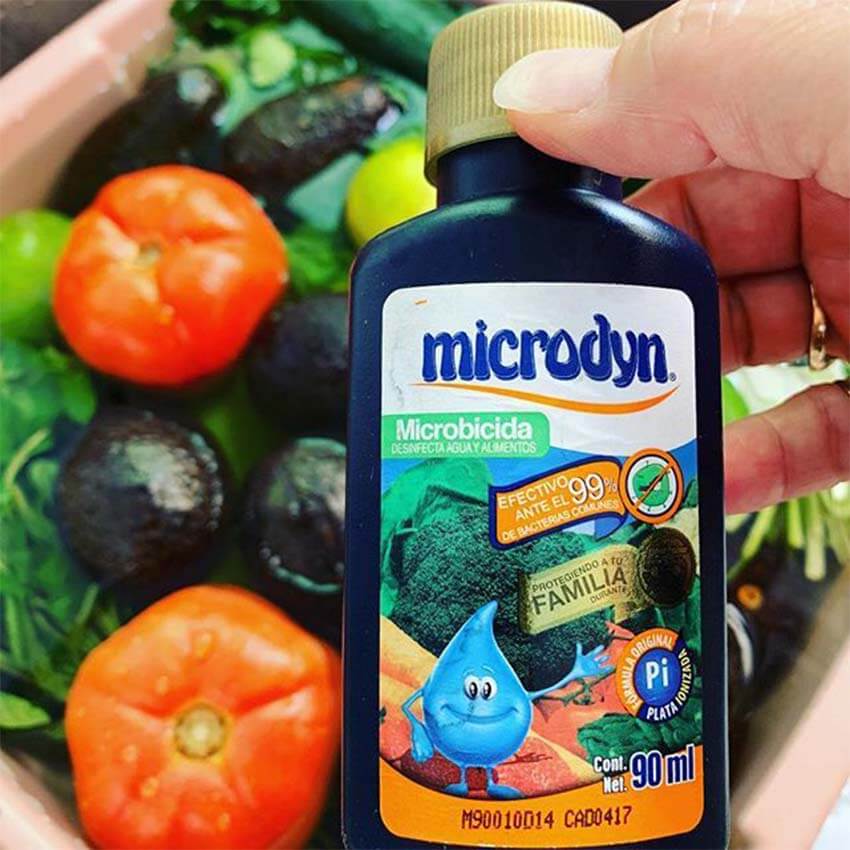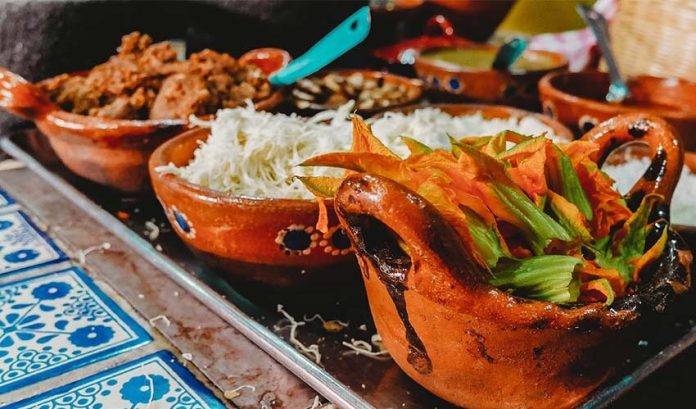It’s a common, often controversial, warning for foreign travelers to Mexico: watch out what you eat and drink here.
Traveler’s diarrhea is by far the most common travel-related illness, with more than 10 million annual reported cases worldwide. Although you can get sick anywhere in the world, if you spend enough time in a developing country, the chances are pretty high that you will experience a mild stomach problem at some point.
Ironically, the prevalence of such symptoms often leads foreigners living here full-time to dismiss such concerns, reasonably noting that healthy adults will usually recover from their illness within three to 10 days.
However, adults older than 65, children younger than five and anyone who has a chronic inflammatory condition or a weakened immune system belong to a high-risk population that might not fare so well. If that is the case for you, be aware that 3% of people who experience traveler’s diarrhea develop serious long-term consequences, including ascending paralysis, irritable bowel syndrome (IBS), reactive arthritis and even kidney damage.
The decision to enjoy a cozy, homestyle meal in one of the country’s many inexpensive small restaurants known as fondas, or to venture into sampling Mexico’s world-famous street food, should take into account your personal sensitivities and where you fall in terms of your general health.

Although bacteria, parasites and viral infection can all be potential sources of traveler’s diarrhea, the Spanish medical journal Annals of the Health System of Navarra states that E. coli bacteria is the culprit in more than 70% of all diarrheal cases in Mexico.
E. coli is primarily transmitted through the ingestion of food that has been contaminated or exposed to infected animal or human fecal matter. The source of this matter could be contaminated soil or water or unclean hands.
These guidelines will help minimize the risk of ingesting E. coli while in Mexico:
Tap water: always double-check that your water and ice come from purified sources before taking a sip. Also, be mindful of accidental tap water exposure in restaurants by drying off any utensils, plates and glasses.
Trust your nose: our olfactory senses communicate with our limbic system and rapidly trigger responses. If anything smells spoiled or makes you feel uneasy, trust your instincts and do not taste it. Simply find another place to eat.
Watch how food is being handled: unfortunately, glove use is not widespread, so it’s extra important to pay attention to how the food is being handled: are employees washing and disinfecting their hands when moving from raw to prepared ingredients? Are their fingernails clean and trimmed? If you see artificial nails, keep walking: they pose a much higher risk for trapping harmful bacteria and make thorough handwashing more difficult.
Antibacterial gel: note whether it is readily available for employees and customers. Pandemic or not, basic hygiene is the first line of defense against foodborne illness.
Dirty clothing on staff: pride in personal appearance is a trait woven into the cultural fabric of Mexico, so seeing restaurant staff in dirty uniforms is a definite red flag and indicates that they probably aren’t taking proper precautions in other areas of food safety either.
Foods served hot should always be kept hot and cooked through the center: foods that are served hot should be cooked through the center. Keeping in mind that E. coli and salmonella die at temperatures of 160 F (70 C), rare burgers should be a thing of the past. The same in reverse holds true for foods that are meant to be served cold. Make sure they’re as cold as they’re supposed to be.
Seafood in particular needs to be refrigerated — period. Raw seafood like ceviche or aguachiles has a much higher chance of being contaminated (either by contact with unpurified water or with the preparer’s hands).
Watch out for mayonnaise: commercial mayonnaise is made with pasteurized eggs and can be left out at room temperature. However, to prevent the introduction of bacteria into the mayonnaise jar, make sure that the utensil the vendor is using is only being used for the mayonnaise.
Places with no running water: think street taco stands. If the purveyor’s food preparation area has no access to running water, then reusable serving plates should be covered with a new plastic bag that hasn’t been used for any other purpose. Some vendors use slips of paper instead, but these are permeable and typically only cover the middle of the plate.

Be wary of street juice stands: juices sold on the street are all-natural and freshly squeezed in front of you, but the safest bet is to look for jugerías (juice sellers) with a more permanent location. These locations can afford rent because they have repeat customers who are obviously not getting sick. While you’re there, don’t pass up the opportunity to treat yourself to an escamocha (diced fruit served in yogurt or orange juice with granola).
If you plan on spending more time in Mexico, it’s worth finding a local marketplace where you can buy fresh fruit and vegetables at great prices. Wash your produce with Microdyn, an antibacterial rinse that can be purchased from any supermarket or neighborhood market.
While these guidelines will help minimize potential sources of infection, remember that there are other worldwide factors over which you have no control: soil contaminated through fertilizer or contaminated water used for irrigation, for example, can be sources of cholera. Campylobacter is the number-one cause of bacterial diarrheal illness in the United States.
In conclusion, while you should not deny yourself world-class Mexican cuisine prepared in its country of origin, proceed with the amount of caution appropriate to your specific health situation. Not everyone can afford to take the same risks.
With an extensive background in advocacy, Maria Fermin is a resource for everyone seeking to live their healthiest, happiest lives. She is currently pursuing her health coach board certification and holds degrees in medicine and psychology.
